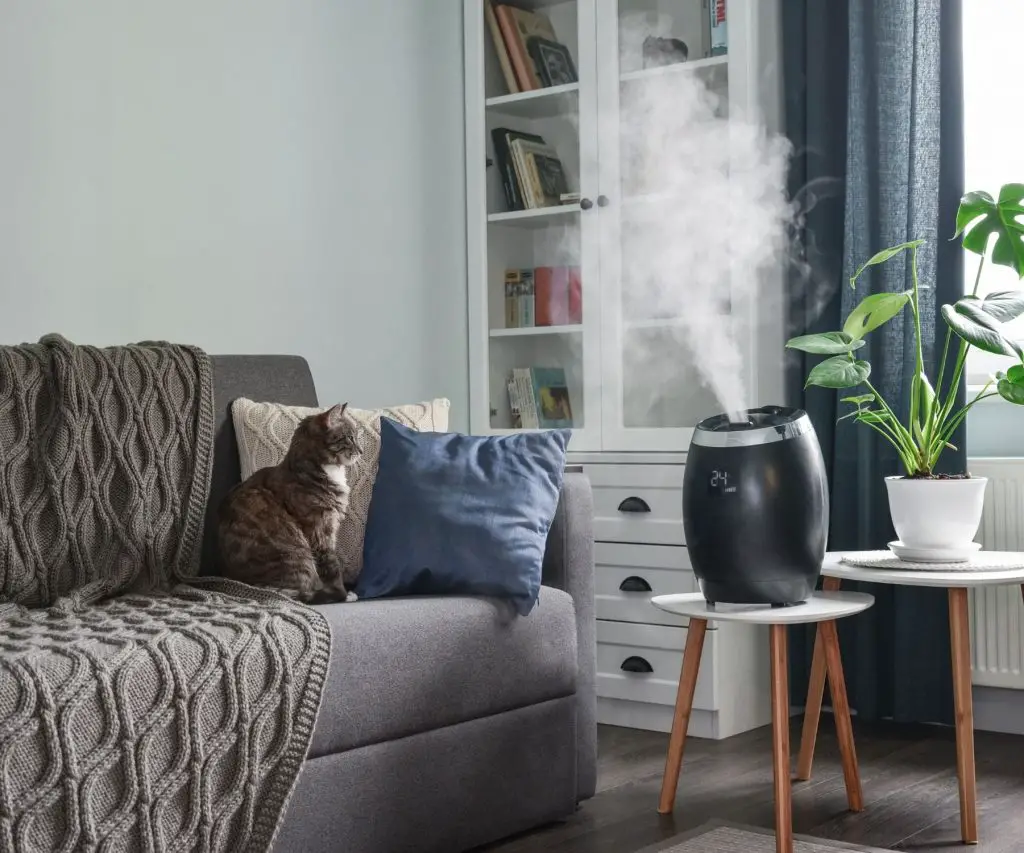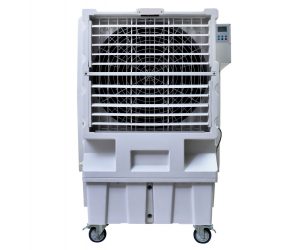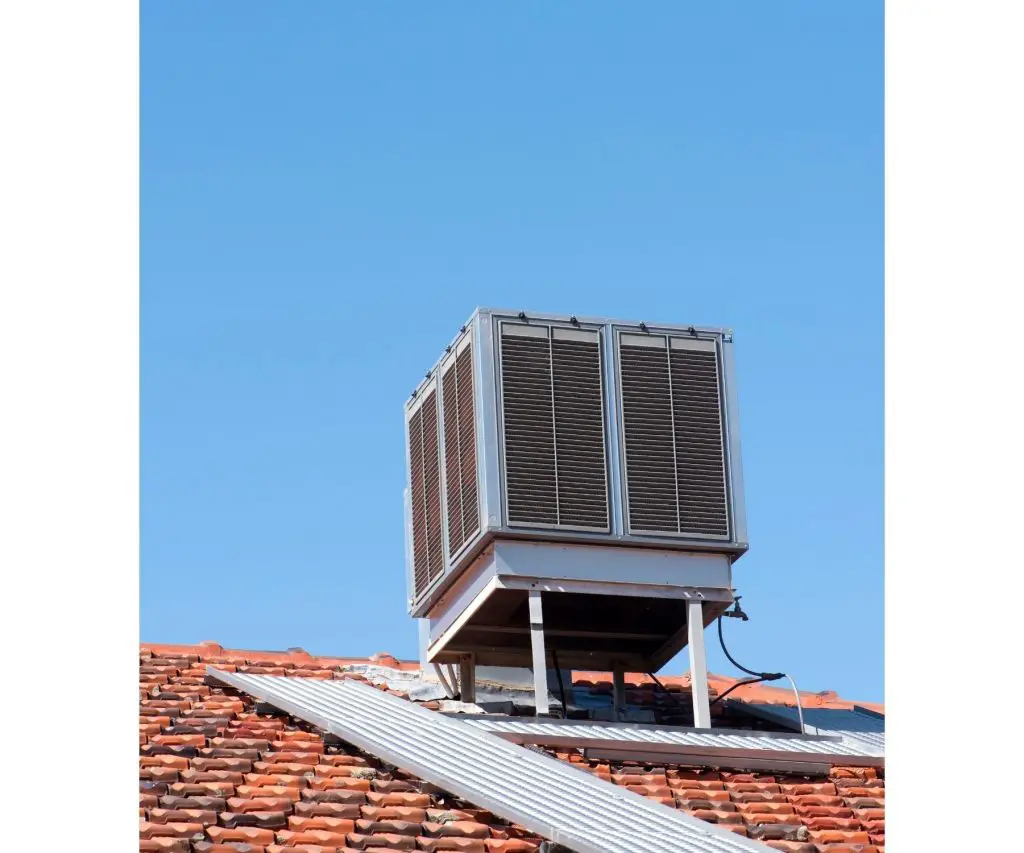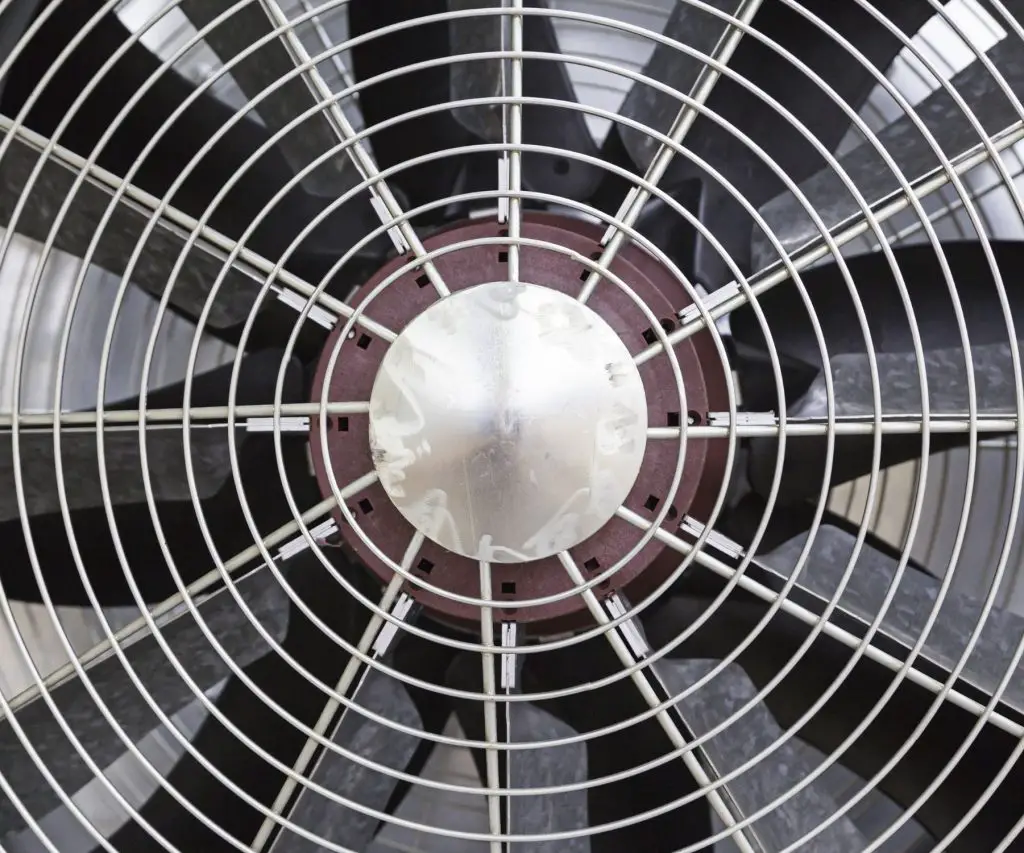How to Stop a Home Gym from Smelling
Working out at home can be a great way to save money and get in shape, but it can quickly become a deterrent if your home gym starts to smell bad. In this blog post, I will discuss tips on stopping a home gym from smelling. We will also cover some common causes of gym odor and how to prevent them. Let’s get started.
Why Do Home Gyms Smell Bad?
There are several reasons why home gyms can start to smell bad. They include:
Poor ventilation
Ventilation is among the most critical factors in keeping a home gym smelling fresh. If your gym is located in an enclosed space with little or no ventilation, the sweat and body odor from your workouts will quickly build up, leading to a nasty smell.
Dirty equipment
Another common cause of foul odor in home gyms is dirty equipment. If you don’t regularly clean your gym equipment, it can start to harbor bacteria and dirt, which can lead to an unpleasant smell.
Stale air
If your home gym is located in a basement or other area that doesn’t get much fresh air, the air can start to feel stale and stuffy. This can also contribute to an unpleasant odor.
Moisture
Another common cause of bad odor in home gyms is moisture. When you sweat during your workout, the moisture can collect on surfaces and start to grow mold or mildew. This can lead to a musty or unpleasant smell.
Bacterial Buildup
This is one of the most common causes of bad odor in home gyms. When you sweat during your workout, the bacteria on your skin can transfer to surfaces in your gym. Over time, this can lead to a buildup of bacteria, which can cause an unpleasant smell.
Using scented body oils
Another unlikely factor causing your home gym to smell is the scented body oils you might be using. These oils can interact with the sweat and bacteria on your skin to create an unpleasant odor.
Rust or rubber odors
Rubber can sometimes give off an unpleasant odor, especially when it’s old or worn. If your gym equipment is made of rubber, the bad smell could be the source. Rust can also cause an unpleasant odor, especially if it’s left to build up on surfaces.
Leaving dirty gym clothes in your gym bag
If you leave your gym clothes in your gym bag after your workout, they can start to harbor bacteria and sweat, which can lead to an unpleasant smell. Be sure to wash your gym clothes as soon as possible after each workout.
How to Stop a Home Gym from Smelling
Now that we’ve covered some common causes of bad odor in home gyms, let’s discuss tips on how to stop a home gym from smelling.
Here are a few tips:
Make sure your gym is well-ventilated If your space is not well-ventilated, the sweat and body odor from your workouts will quickly build up, leading to a bad smell. Be sure to open windows or use a fan to circulate fresh air during and after your workout.
Even after your workout sessions, you want to make sure you are airing out your space. This will help to prevent the smells from becoming trapped and intensifying.
- Invest in a quality air purifier
Air purifiers are among the best ways to remove bad odors from your home gym. They work by circulating and filtering the air, which helps to remove bacteria, dirt, and other contaminants that can cause an unpleasant smell.
If you choose an air purifier for your home gym, you must pick one with a HEPA filter. This will help remove any bad smells and pollutants from your gym.
- Clean your equipment regularly
Another important tip for preventing bad odor in your home gym is to clean your equipment regularly. This includes wiping down surfaces after each use and deep cleaning them weekly.
Deep cleaning can be done by using a disinfectant or sanitizing surface wipes. You can also use a vinegar solution to deep clean your gym equipment. Just be sure to rinse the surfaces well after cleaning them with vinegar.
- Wash your gym clothes regularly
Another important tip for preventing bad odor in your home gym is to wash your gym clothes regularly. Gym clothes can harbor bacteria and sweat, leading to an unpleasant smell. Be sure to wash your gym clothes as soon as possible after each workout.
- Use a time-release air freshener
Time-release air fresheners are a great way to keep your home gym smelling fresh and clean. These air fresheners slowly release fragrance over time, which helps to mask any foul odors that might be present.
Be sure to choose an air freshener that is designed for small spaces such as home gyms. You also want to choose a fragrance you enjoy, as you’ll be smelling it for a while.
- Use a dehumidifier
Since moisture is among the most significant contributors to bad odor in home gyms, using a dehumidifier can be extremely helpful. Dehumidifiers work by removing moisture from the air, which helps prevent bacteria and mold growth.
Choose a dehumidifier that is big enough for your space and has an automatic shut-off feature. You also want to empty the dehumidifier regularly, as the collected water can become stagnant and lead to a bad odor.
- Check for mold and mildew
Mold and mildew can also cause an unpleasant smell in your home gym. These growths thrive in moist and humid environments, so be sure to check for them regularly.
If you do find mold or mildew, be sure to clean it up immediately. You can use a commercial mold and mildew cleaner or make your own by mixing equal parts of water and vinegar.
- Wear clean clothes
This may sound like a no-brainer, but it’s essential to make sure you are wearing clean clothes when working out. Sweat and body odor will quickly build up on dirty clothes, creating an unpleasant smell.
- Use charcoal filters
Charcoal filters are another great way to remove bad odors from your home gym. These filters work by absorbing odor-causing particles from the air, which helps to keep your gym smelling fresh and clean.
Activated charcoal filters are the most effective type of charcoal filter. However, there are so many out there to choose from that it can be challenging to know which one to get. Do your research and read reviews to find the best charcoal filter for your needs.
- Use essential oils
Essential oils can also be used to freshen up your home gym. These oils are known for their ability to mask bad odors and create a pleasant scent in your space.
You can either diffuse essential oils throughout your gym or make your own DIY air freshener using a few drops of oil and water. Be sure to choose an essential oil that you enjoy the smell of, as you’ll be smelling it for a while.
- Use clean towels
Make sure the towels you use in your home gym are clean. Towels can harbor bacteria and sweat, which can lead to an unpleasant smell. Be sure to wash your towels regularly and store them in a dry place when not in use.
You may also want to consider using paper towels for wiping down surfaces after each use. This will help to prevent the spread of bacteria and keep your gym smelling fresh.
- Avoid carpets
Carpets are a breeding ground for bacteria and can quickly become smelly. If possible, avoid using carpets in your home gym. If you must use a carpet, be sure to clean it regularly and vacuum it often.
Consider using a yoga mat or exercise mat instead of a carpet. These mats are easy to clean and won’t harbor as much bacteria. Plus, they provide a comfortable surface to work out on.
- Hire professional cleaners
For all-around deep cleaning and freshness, hire professional cleaners to clean your home gym regularly. They will be able to get rid of any bad odors that might be present and leave your gym smelling fresh and clean.
Be sure to ask about their cleaning methods and products before hiring a company. You want to ensure they use safe and effective products that won’t damage your gym equipment.
Following these tips can keep your home gym smelling fresh and clean.
Final Thoughts
Taking simple precautions is easy to prevent your home gym from smelling bad. Be sure to use a dehumidifier, wear clean clothes, and use charcoal filters to keep your gym smelling fresh and clean. You can also use essential oils or hire professional cleaners for an all-around deep clean.
Hopefully, this article has given you some helpful tips for stopping a home gym from smelling. If you have any other suggestions or questions, share them in the comments below.
 People have a tendency to generally feel safe with candles burning throughout the house.
People have a tendency to generally feel safe with candles burning throughout the house.




























